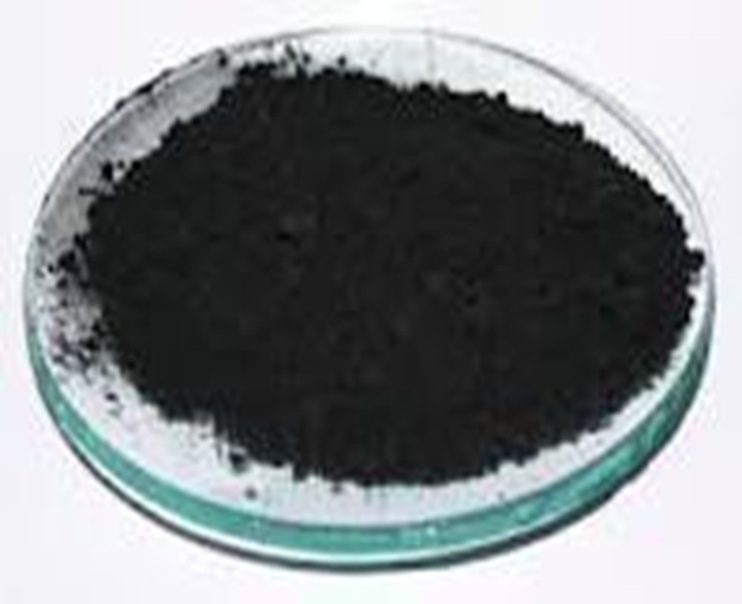We unleash your business potential by maximize the business innovation.
Send EmailTerbium Oxide, Terbium Sesquioxide, Terbia, 12037-01-3
🧪 Terbium(III,IV) Oxide (Tb₄O₇)
Terbium(III,IV) oxide, also known as terbia, is a mixed-valence rare earth oxide containing both Tb³⁺ and Tb⁴⁺ ions. This dual oxidation state gives it strong redox activity, oxygen storage capacity, and distinctive coloring properties. It is widely used in phosphors, ceramics, and catalytic applications.
1️⃣ Chemical Identity
-
Chemical Name: Terbium(III,IV) Oxide
-
Formula: Tb₄O₇
-
Molecular Weight: 747.69 g/mol
-
CAS Number: 12037-01-3
-
EC Number: 234-123-7
-
Appearance: Dark brown to black powder
-
Crystal Structure: Cubic fluorite-related structure
-
Density: ~7.3 g/cm³
-
Melting Point: ~2,300 °C
-
Solubility: Insoluble in water; soluble in strong acids
2️⃣ Physical & Chemical Properties
-
Mixed Valence: Contains both Tb³⁺ and Tb⁴⁺ ions, enabling reversible redox reactions.
-
Coloring Agent: Produces greenish hues in ceramics and glass.
-
Catalytic Behavior: Oxygen storage and release capacity, similar to cerium oxide.
-
Thermal Stability: High melting point and stability in oxidative environments.
3️⃣ Applications
-
Phosphors:
-
Terbium-doped phosphors emit green light, used in fluorescent lamps, LEDs, and display screens.
-
-
Glass & Ceramics:
-
Acts as a pigment, imparting green coloration.
-
Enhances UV absorption in specialty glasses.
-
-
Catalysis:
-
Oxygen storage material in automotive catalytic converters.
-
Redox catalyst in chemical processes.
-
-
Electronics:
-
Research applications in solid oxide fuel cells and magneto-optical devices.
-
-
Metallurgy:
-
Alloying additive to improve mechanical properties.
-
4️⃣ Synonyms
-
Terbium Oxide
-
Terbium(III,IV) Oxide
-
Terbia
-
Tb₄O₇
-
Terbium Sesquioxide (sometimes misapplied)
5️⃣ Safety & Handling
-
Toxicity: Low acute toxicity; fine powders may irritate eyes and respiratory tract.
-
Precautions: Gloves, goggles, and dust masks recommended.
-
Storage: Keep in dry, sealed containers; stable under normal conditions.
-
Waste Disposal: Follow local environmental regulations for rare earth oxides.
📌 Summary: Terbium(III,IV) Oxide (CAS 12037-01-3) is a mixed-valence rare earth oxide with oxygen storage capacity, catalytic activity, and phosphor applications, making it indispensable in lighting, displays, ceramics, and advanced materials.
